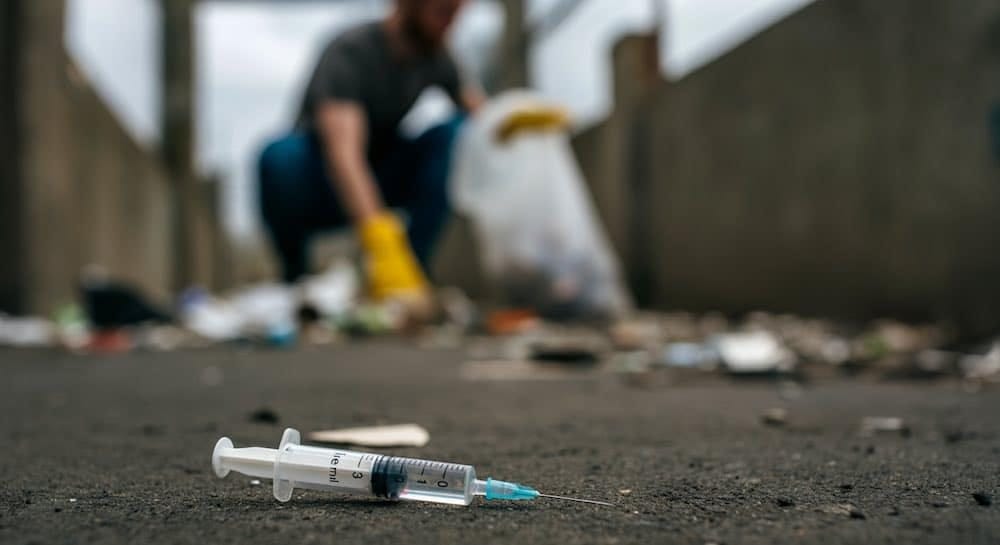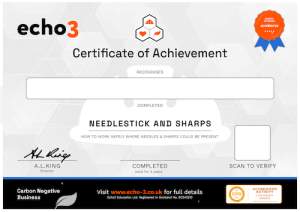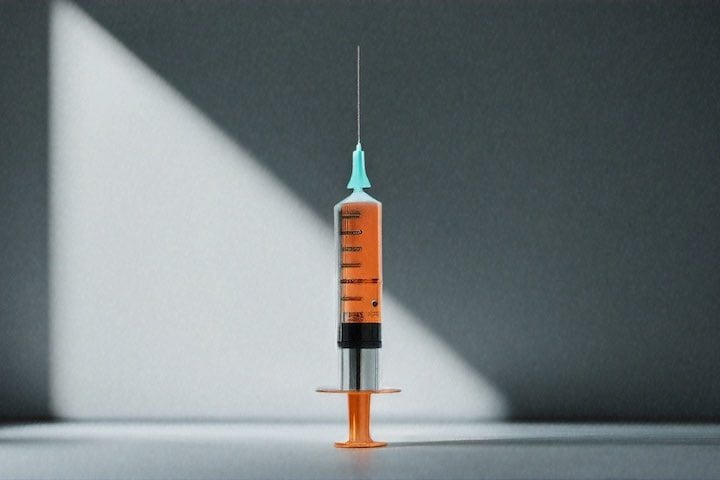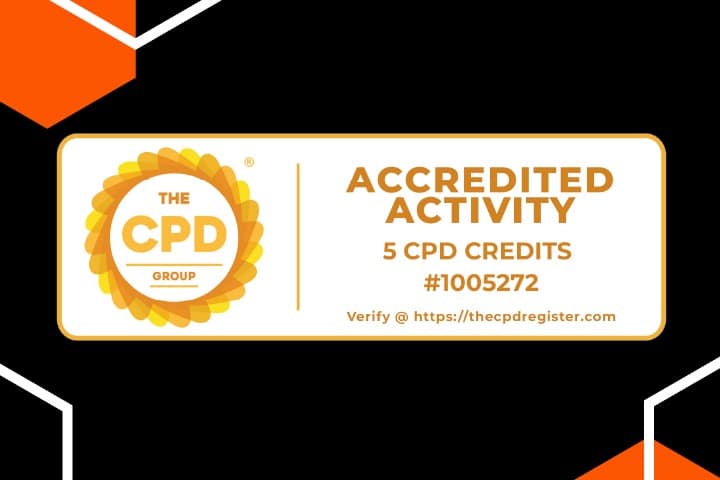Warning: Undefined array key “description” in /home/lucyketcham/public_html/wp-content/themes/x-child/woocommerce/single-product/tabs/description.php on line 100
Warning: Undefined array key “description” in /home/lucyketcham/public_html/wp-content/themes/x-child/woocommerce/single-product/tabs/description.php on line 117
Warning: Undefined array key “description” in /home/lucyketcham/public_html/wp-content/themes/x-child/woocommerce/single-product/tabs/description.php on line 137
COURSE CONTENT
 UNIT 1 | KNOW THE RISKS FROM NEEDLESTICKS
UNIT 1 | KNOW THE RISKS FROM NEEDLESTICKS
In this first learning unit, we explain what needlesticks and sharps are, how they can lead to injury, and who is at risk.
The potential impact of sharps injuries is explored, including an understanding of the dangers arising from bloodborne viruses and types of infection.
UNIT 2 | KNOW THE LAW
The second learning unit develops an understanding of the legal responsibilities from both an employer and employee perspective. The unit explains general health and safety law before focusing on the legal requirements specific to sharps and within healthcare.
UNIT 3 | GENERAL BEST PRACTICE
The third learning unit highlights good sharps practice in the workplace. The content explores what employers and staff can do to reduce the likelihood of a needlestick or sharps injury at work, outlining the importance of risk assessment, and then following the hierarchy of controls.
UNIT 4 | SHARPS DISPOSAL
In our final learning unit, we set out safe practice for the disposal of sharps, both on a day to day basis, and with regards to long term waste management. This will help ensure a safe, secure workplace that is compliant with the law.
We also detail how to respond in the case of a sharps injury.
UNIT 5 | QUIZ
LEARNING OBJECTIVES
 The objectives of the Needlestick course include;
The objectives of the Needlestick course include;
Risk Awareness, provide an understanding of the risks associated with needlesticks and sharps injuries. Especially exposure to bloodborne pathogens such as HIV, hepatitis B, and hepatitis C.
Prevention Techniques, learn practical strategies to prevent needlestick injuries and sharps accidents, including proper handling, disposal, and the use of safety devices.
Regulatory Compliance, the course covers relevant regulations to ensure participants understand their legal responsibilities in managing sharps safely.
Safe Practices, imparts knowledge about safe work practices, emphasising the importance of personal protective equipment, hand hygiene, and engineering controls to minimise exposure risk.
Response and Reporting, provides guidance on immediate response measures when an injury occurs, such as cleaning and disinfection procedures, as well as the importance of reporting incidents for further evaluation.
Ultimately, the online Needlesticks and Sharps course strives to protect healthcare workers and other at-risk individuals from unnecessary harm.
WHO SHOULD TAKE THIS COURSE?

This Needlestick and Sharps training is aimed at any individual who may work in roles where needles and sharps may be present, however infrequently.
This includes a wide range of Healthcare & Social care employees (including contractor staff), Laboratory workers, Technical staff, those within the Cosmetic and Body Art industry, or others who may use or work in the vicinity of needles. This includes roles such as Laundry staff, Cleaners, Janitors, Housekeepers and others.
NB: For those working with needles where blood spills may occur, we also recommend undertaking the Bloodborne Pathogens training course.
CERTIFICATE & ACCREDITATION
At the end of this online Needlestick and Sharps Awareness training there is a 15 question, multiple-choice quiz aimed at reinforcing and testing individual learning.
Where the learner demonstrates their understanding of course content by achieving a minimum score of 80%, a completion certificate is issued by email.
If the score is less than 80%, learners are offered the opportunity to revisit any part of the course and retake the quiz until successful.
The verifiable, CPD-Accredited certificate is then emailed to your account for retention within your training records.
A posted certificate is available for £9.
The certificate is valid for 3 years

TRAINING INCLUDES
- Verifiable, CPD Accredited certificate emailed on completion
- Helps compliance to Health & Safety Regulations
- Engaging motion-graphic content
- Learn anywhere with an internet connection
- Carbon net-zero training solution

NEEDLE AND SHARPS REGULATIONS
The Health & Safety at Work Act 1974 requires those employing staff in healthcare, tattoo, beauty and other industries that use needles to first assess the risks. Appropriate control measures, such as training, must be put in place, and documented.
The Sharp Instruments in Healthcare Regulations 2013 relate specifically to healthcare employers and contractors.
These employers must provide information and training to staff on a range of specific topics. Most or all will be covered by the Echo3 Needle stick course.
In workplaces where there is a risk to staff from sharpes risks employer may also need to comply with COSHH (2002)
WHAT TO DO IF YOU INJURE YOURSELF
- Encourage the wound to bleed, ideally by holding it under running water
- Wash the wound using running water and plenty of soap. Do not scrub the wound while you’re washing it. Do not suck the wound.
- Dry the wound and cover it with a waterproof plaster or dressing
- Seek Medical Advice. (You may need a blood test)
RELATED COURSES
BLOOD BORNE PATHOGENS – Learn the risk BBPs and OPIMs pose and how to avoid them.
PPE – Learn the importance of personal protective equipment.
COSHH– Understand how to work with hazardous substance
RISK ASSESSMENT– Understand how to identify and reduce hazards
LABORATORY SAFETY– Learn best-practice for working safely in laboratories
If you have staff how need multiple courses you can order CREDIT here.








